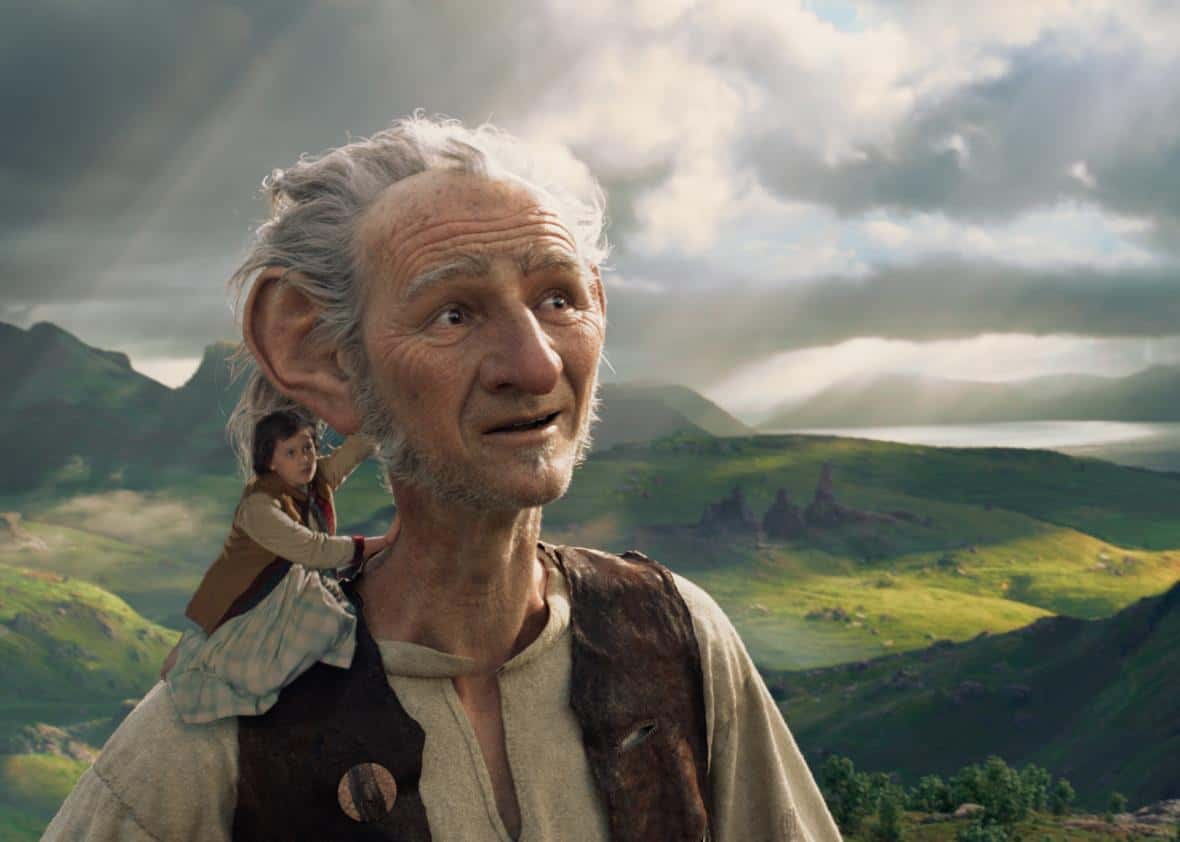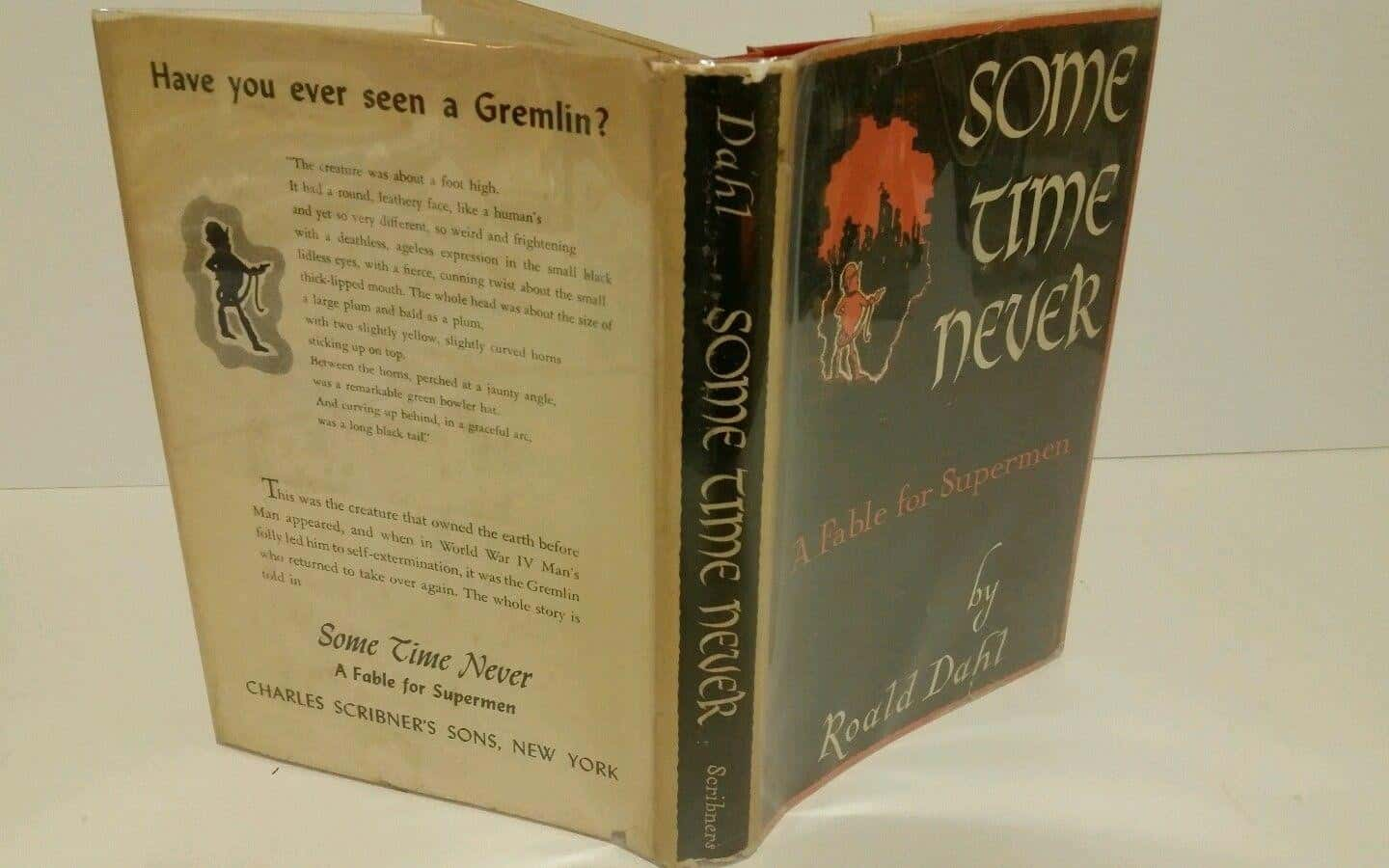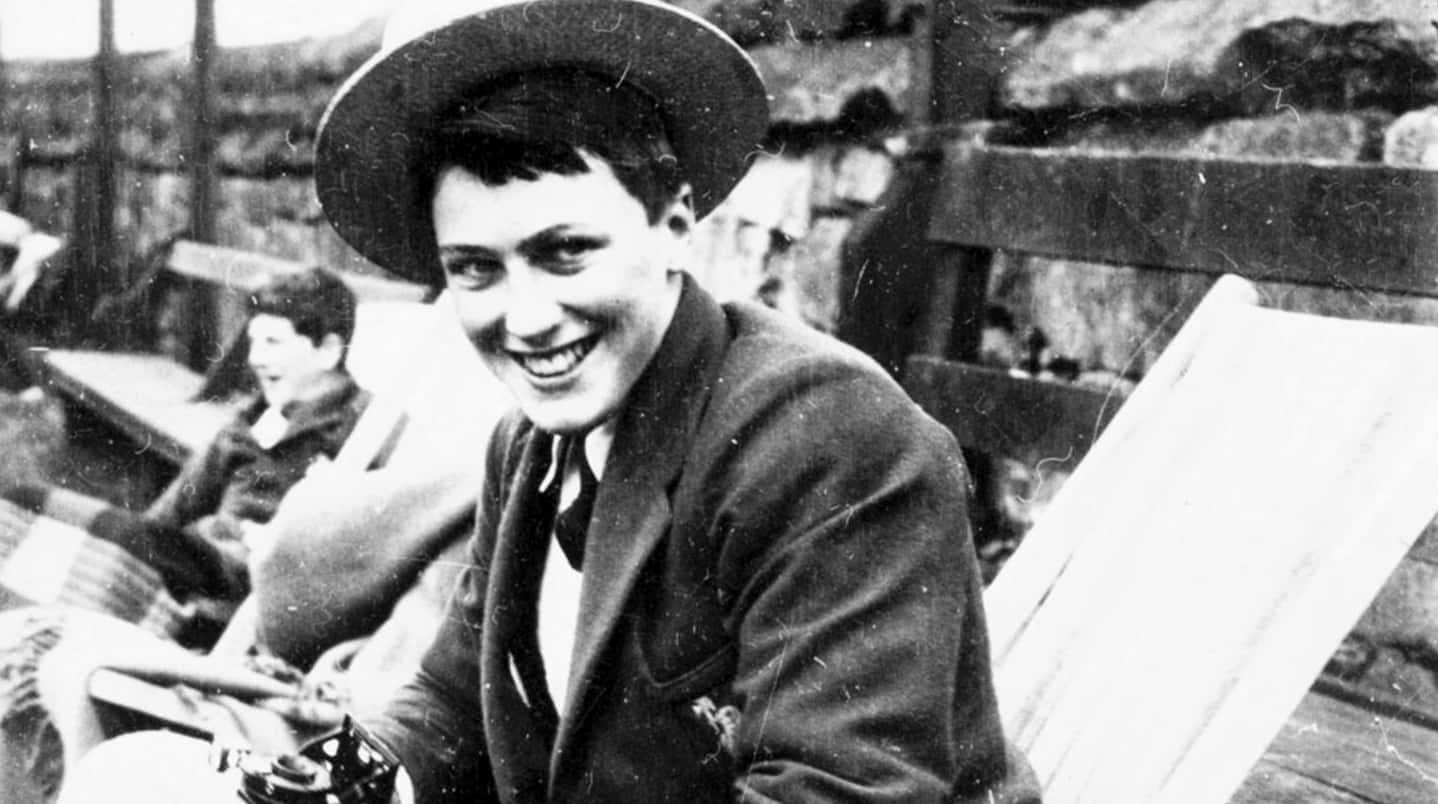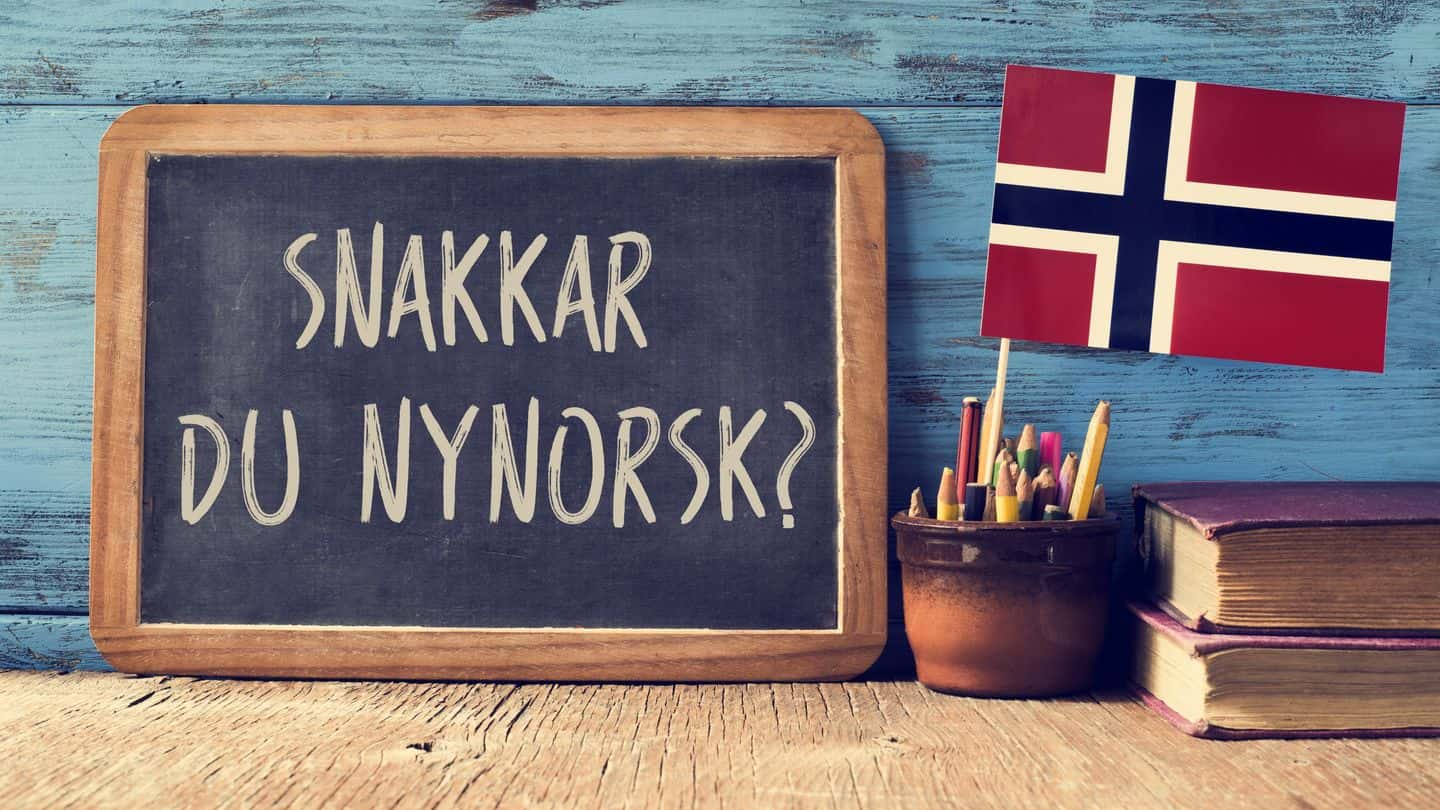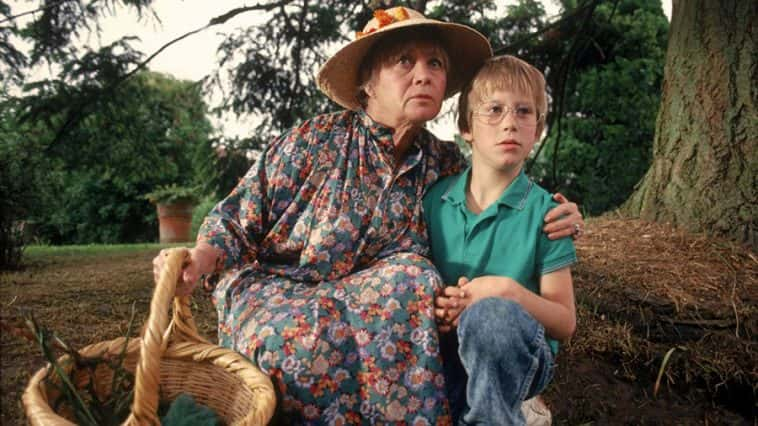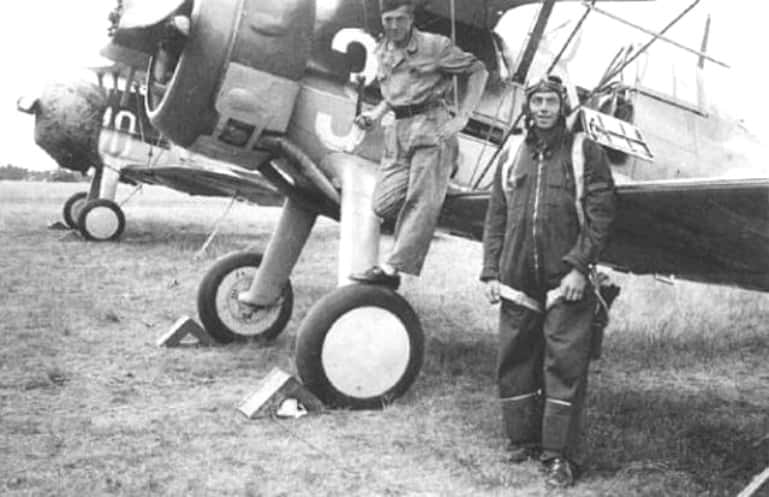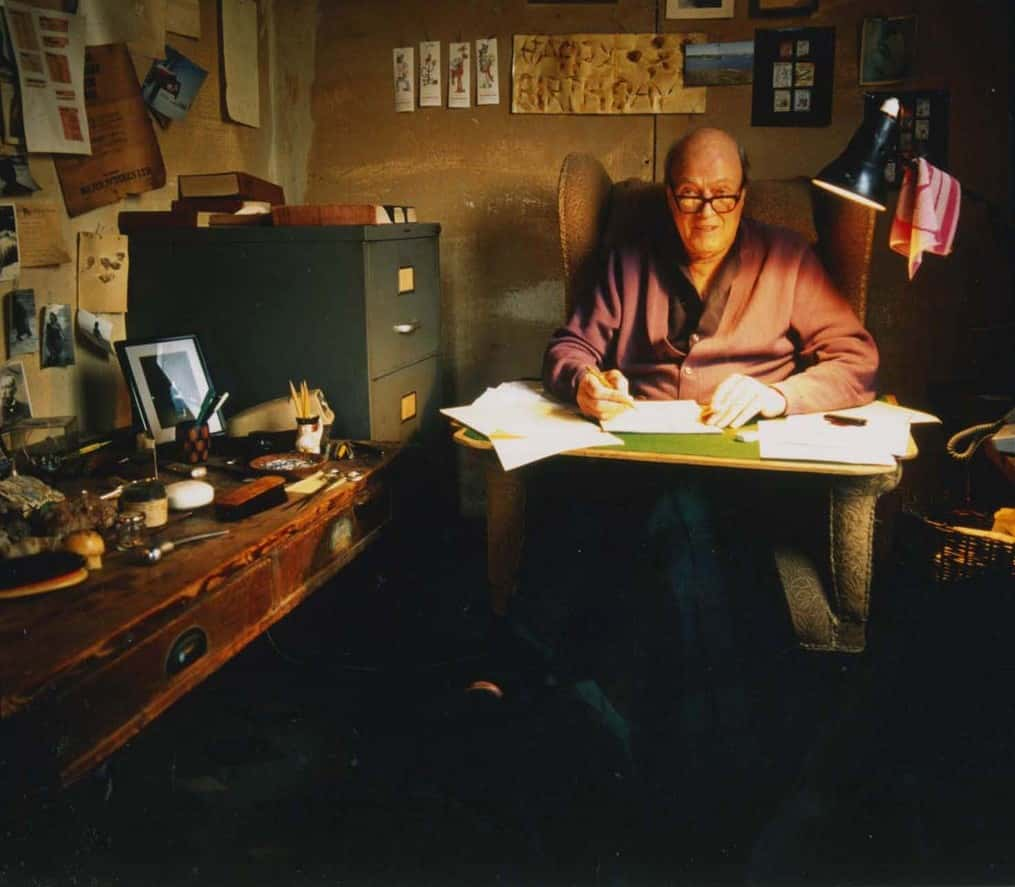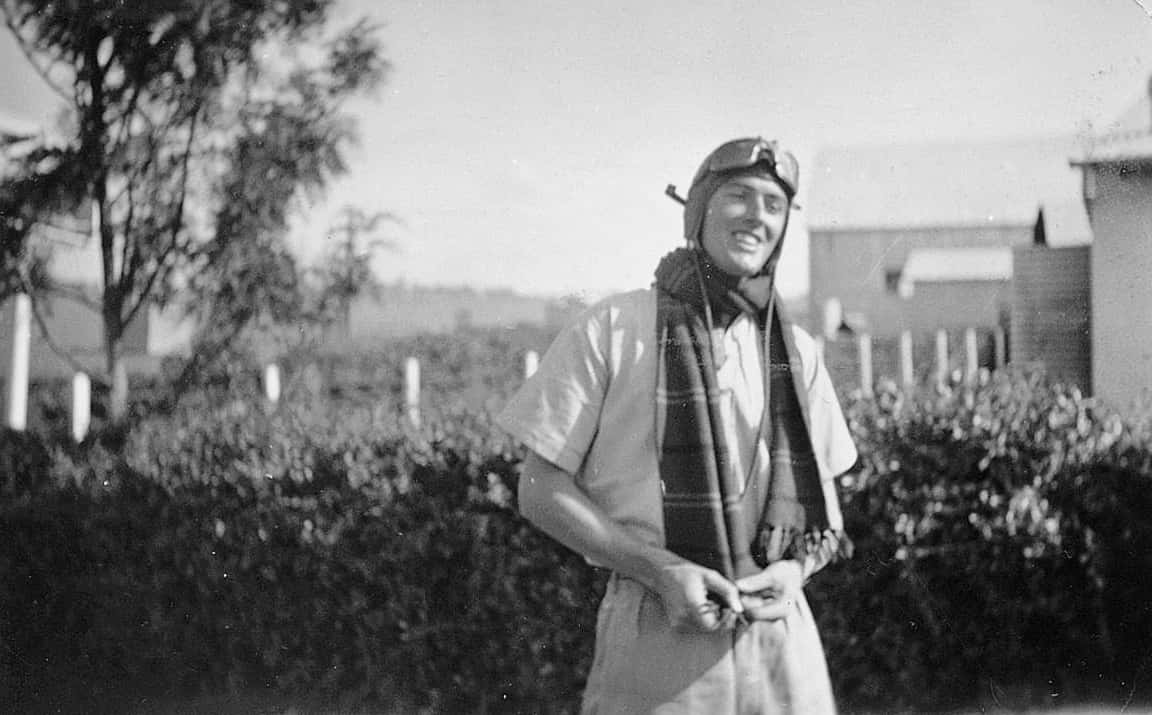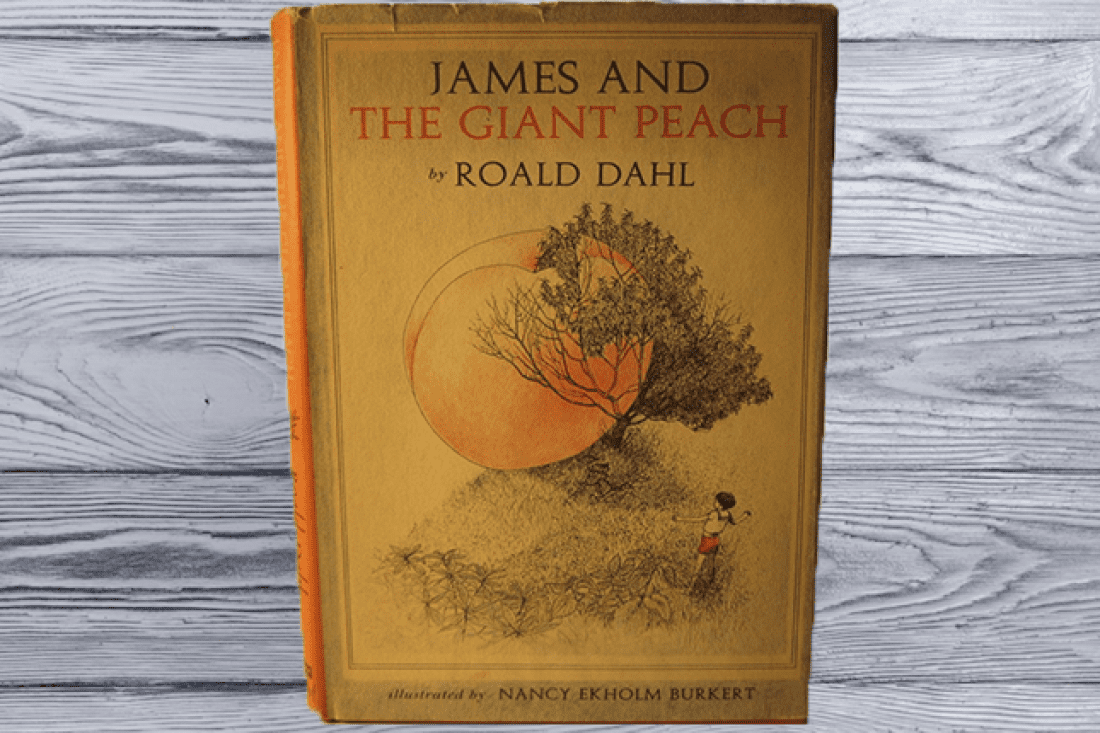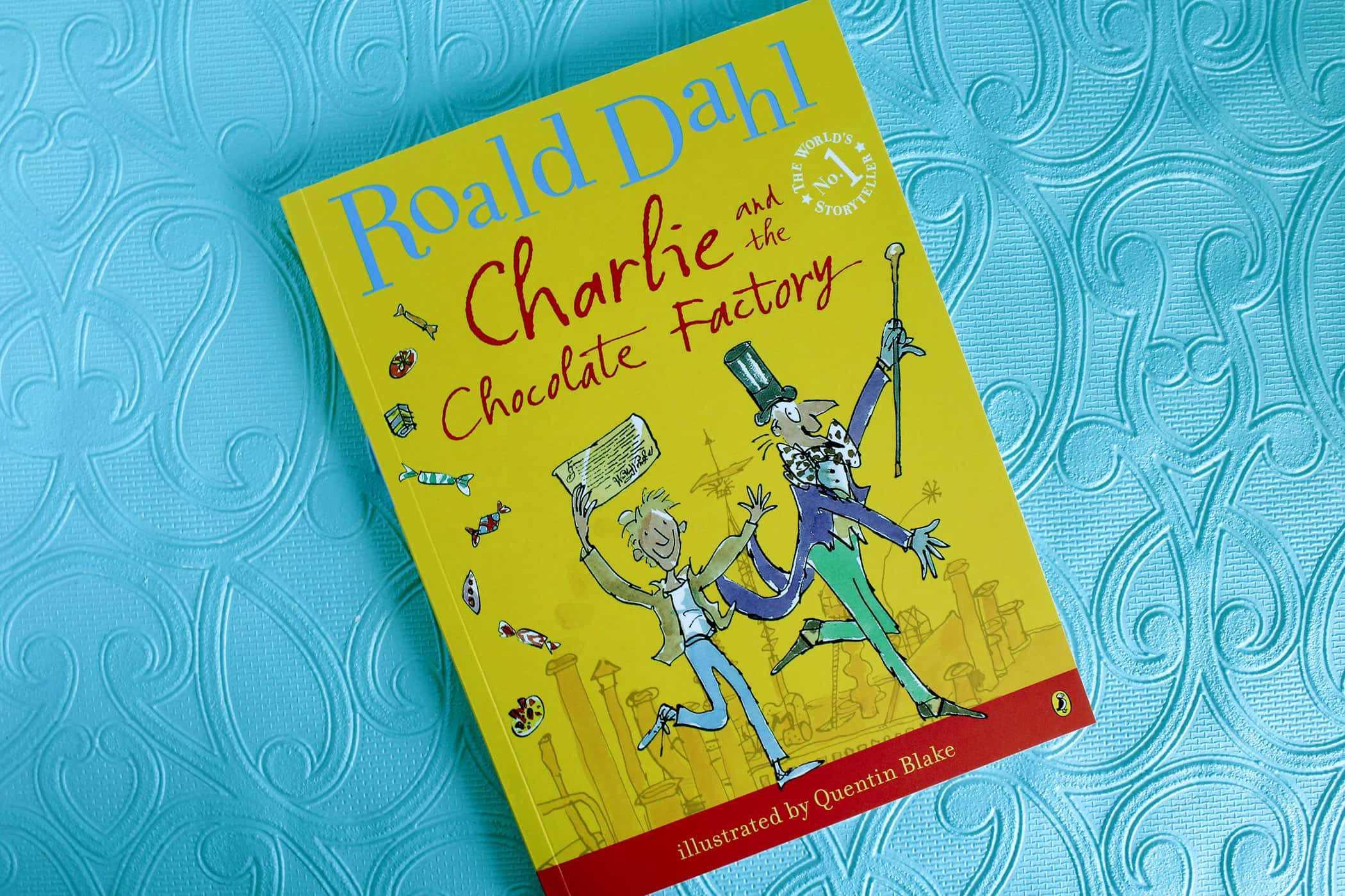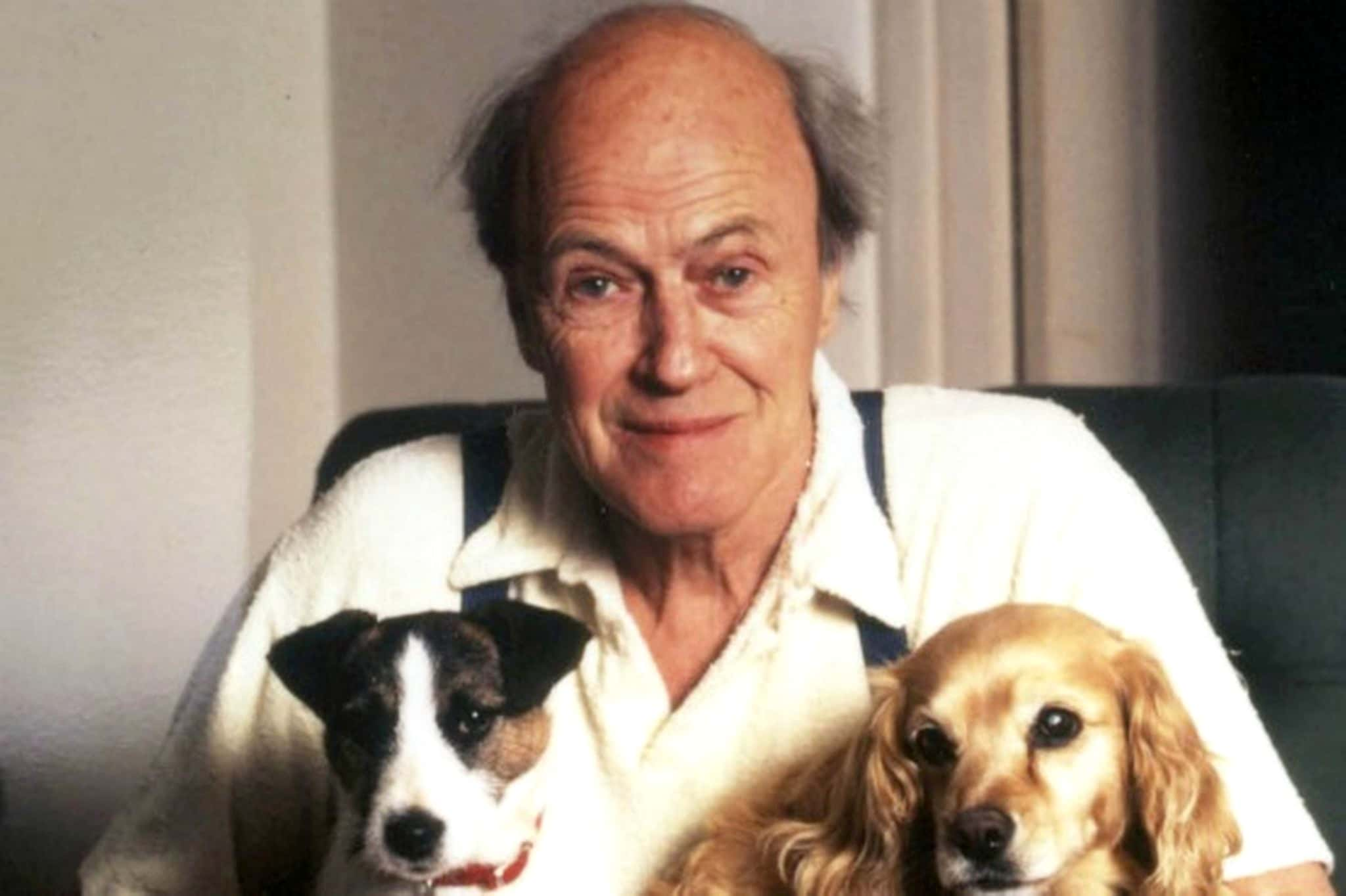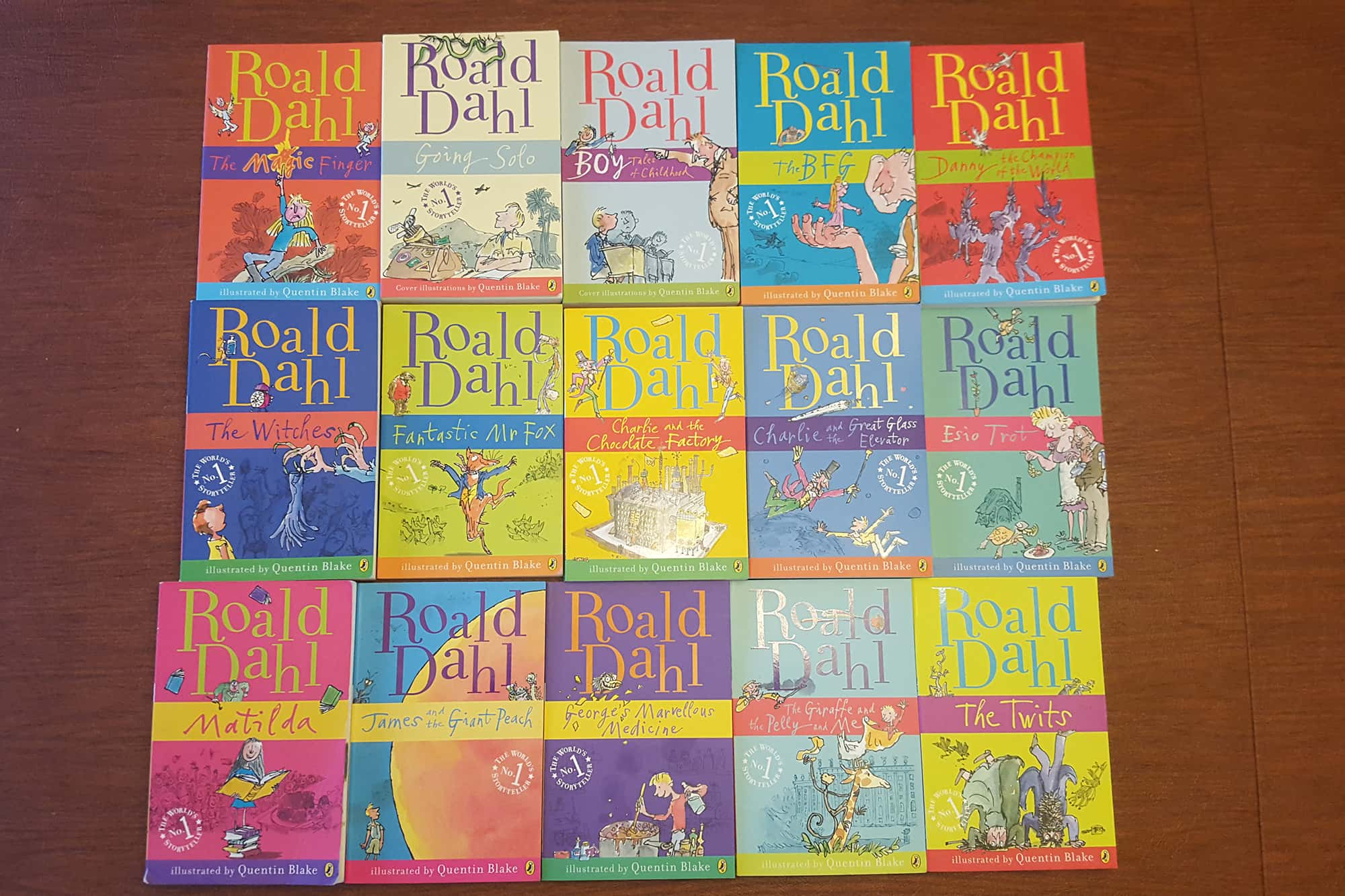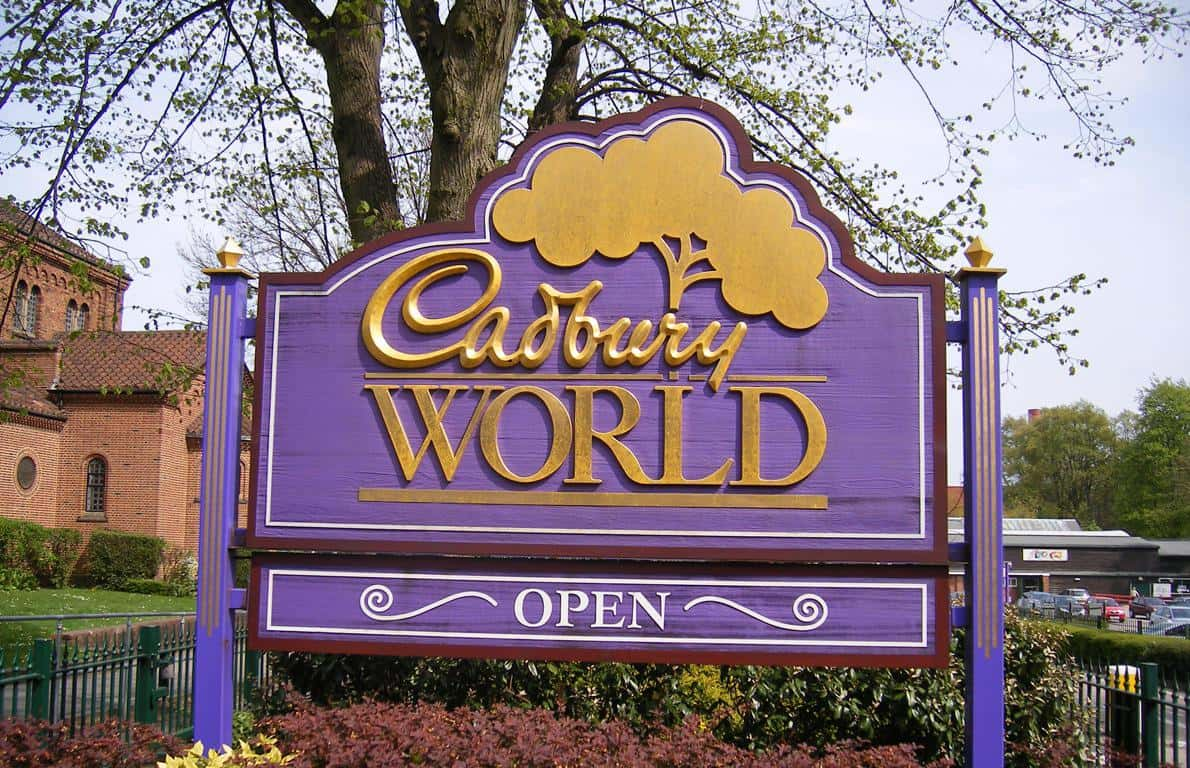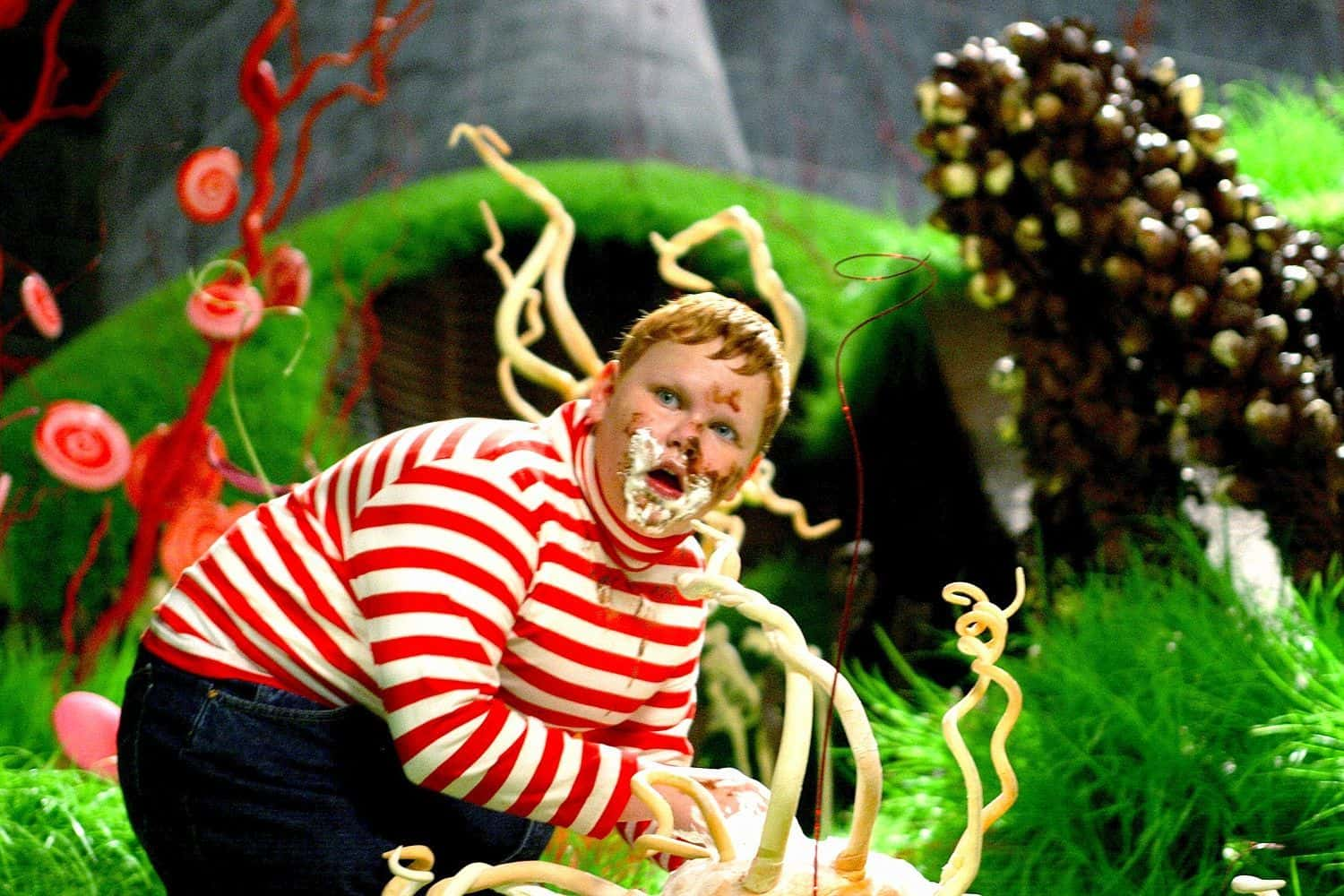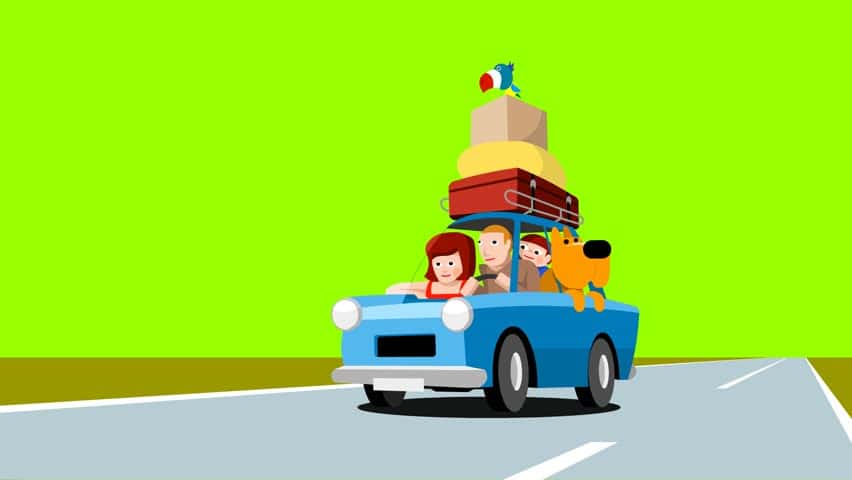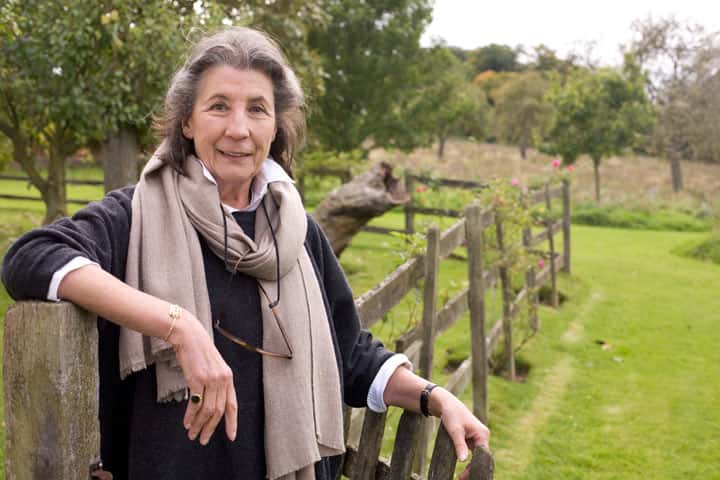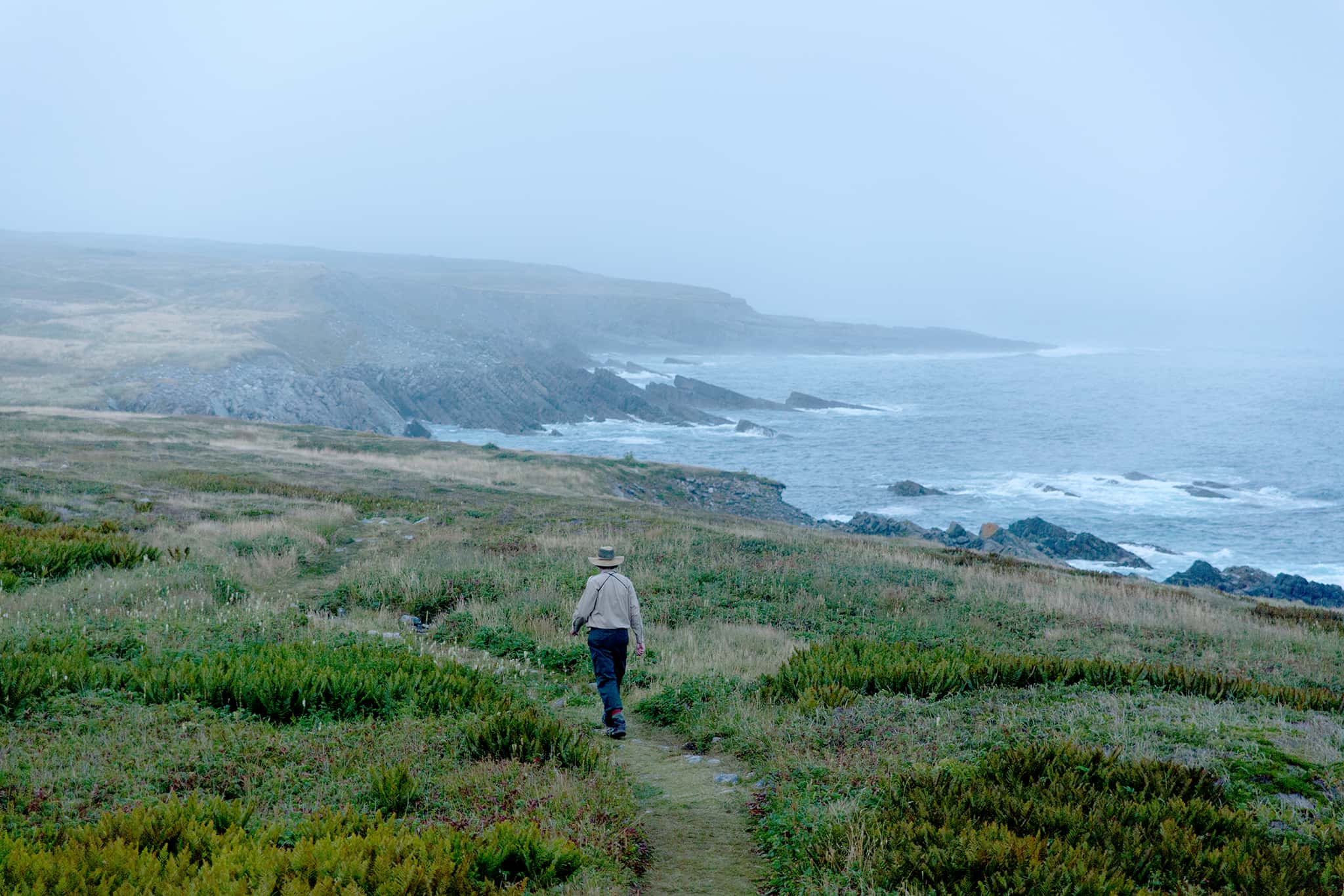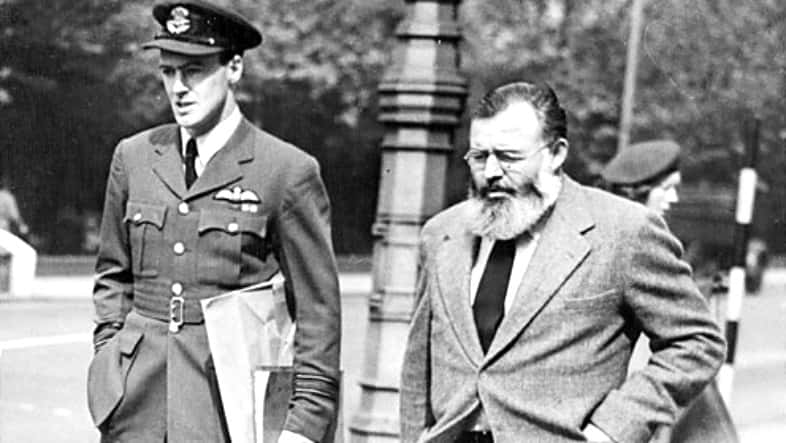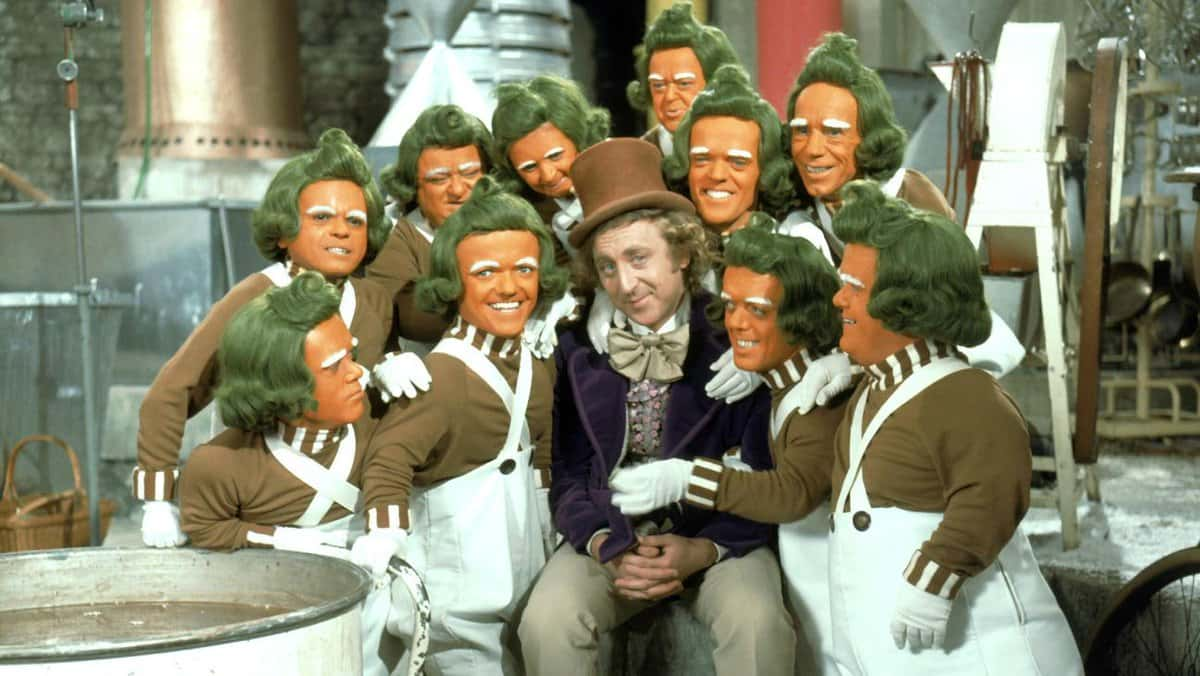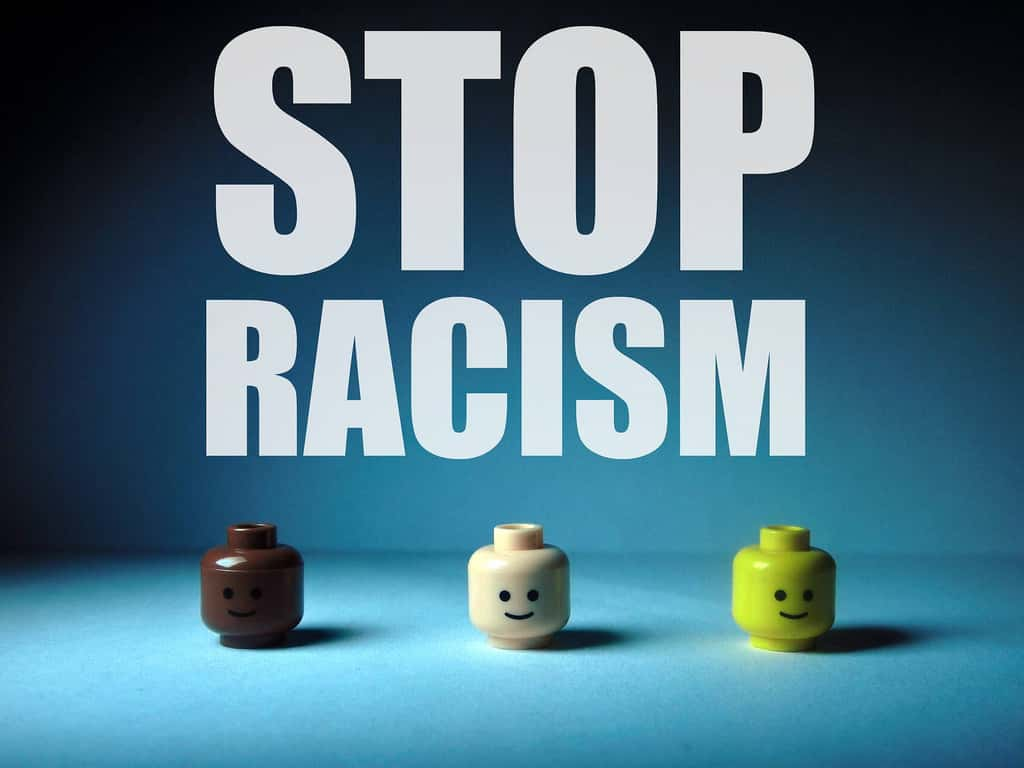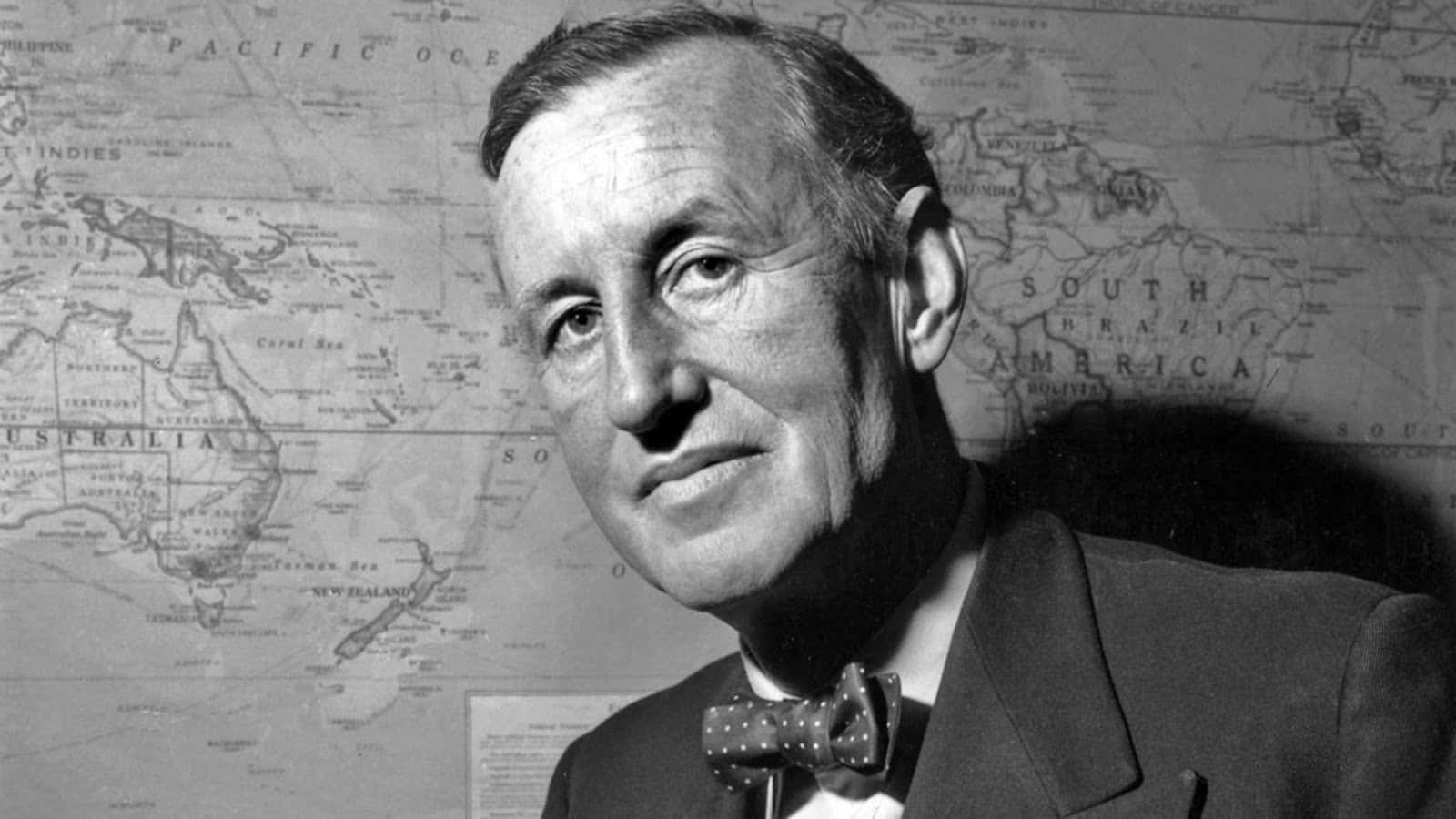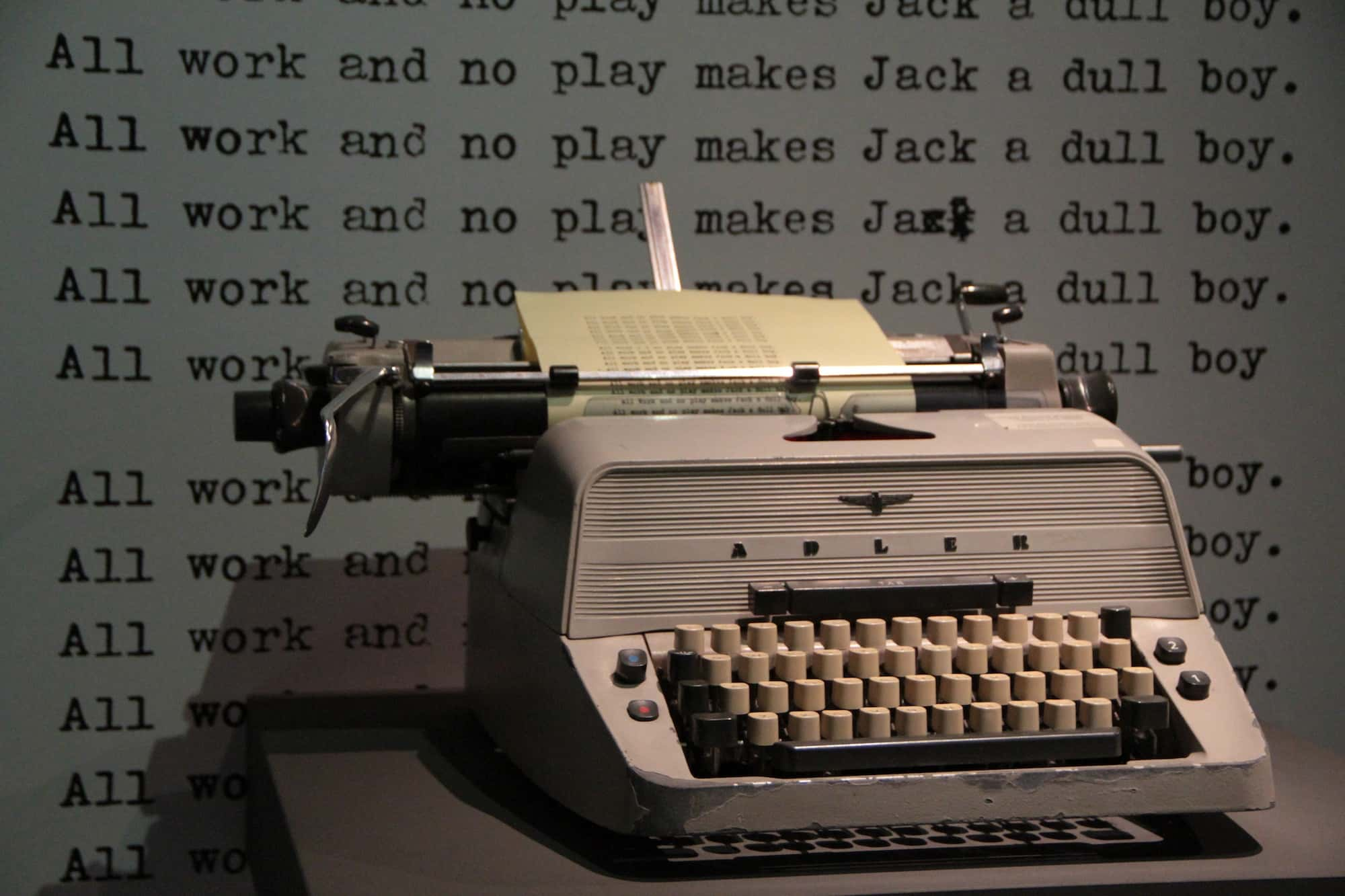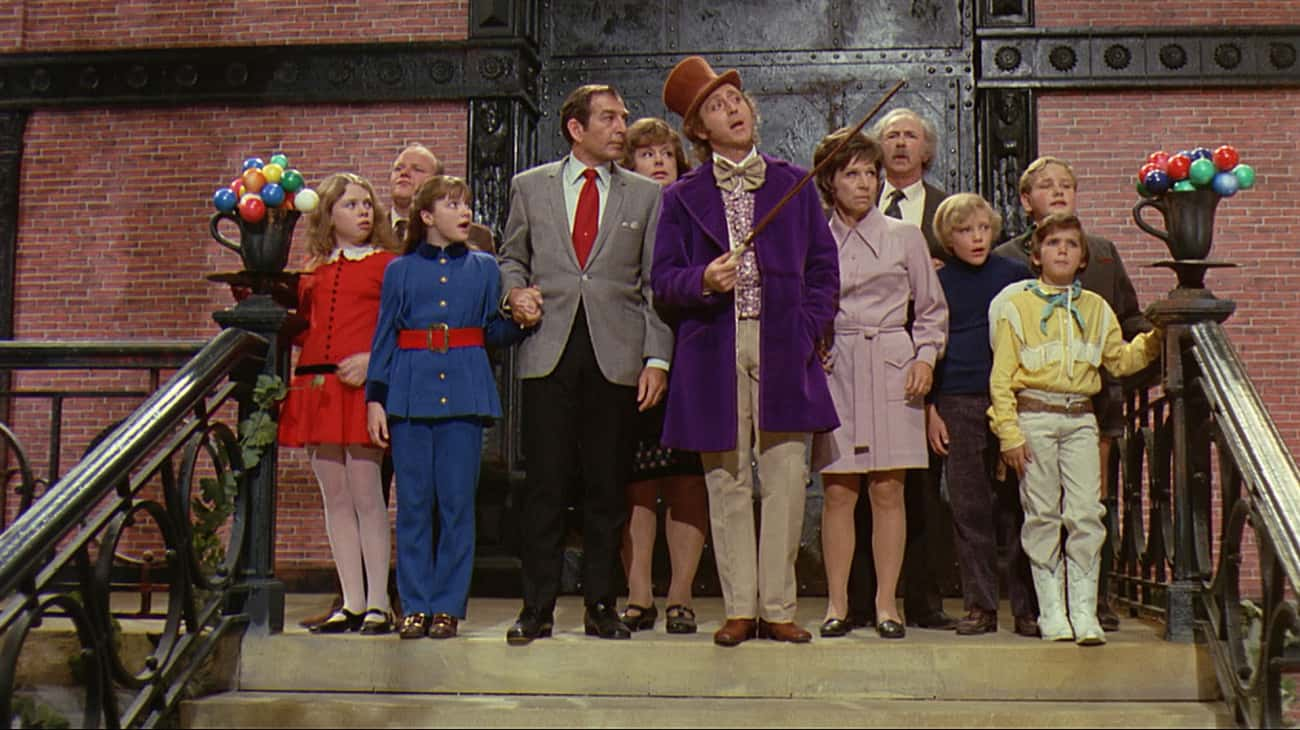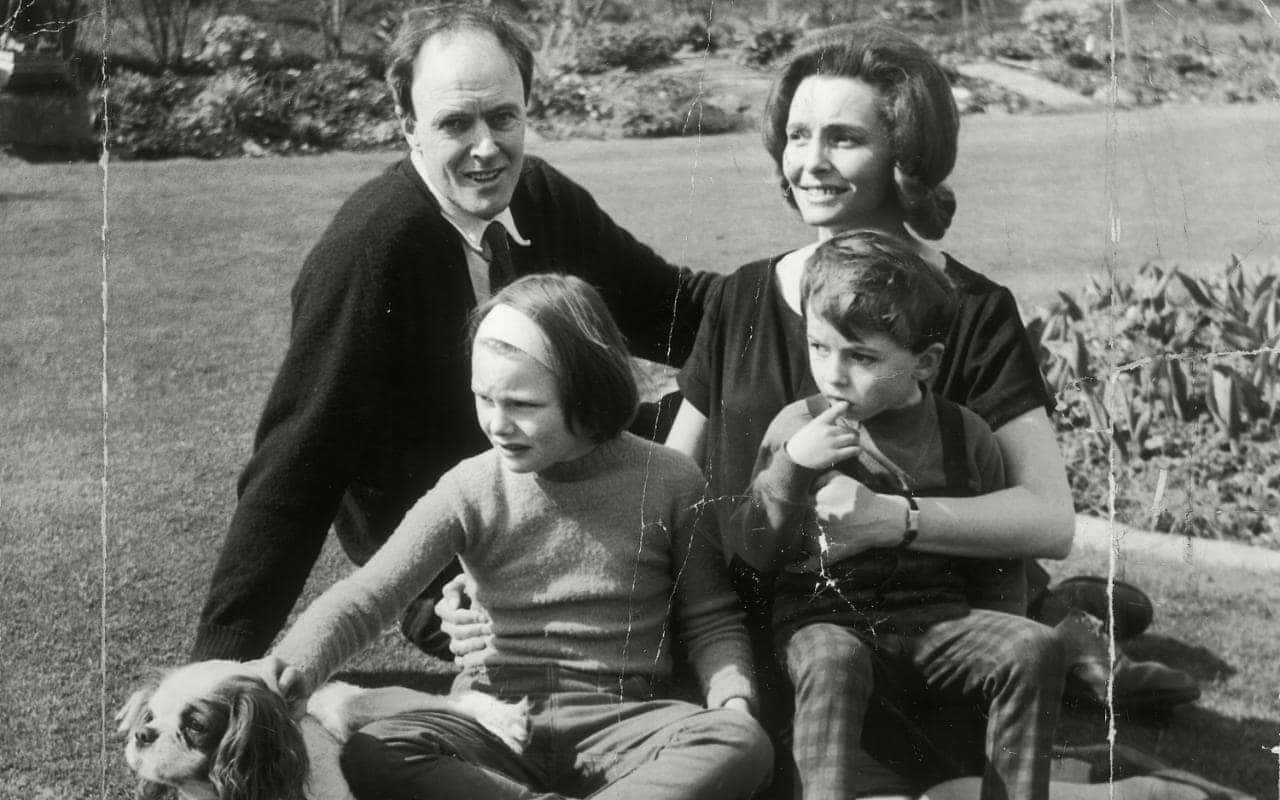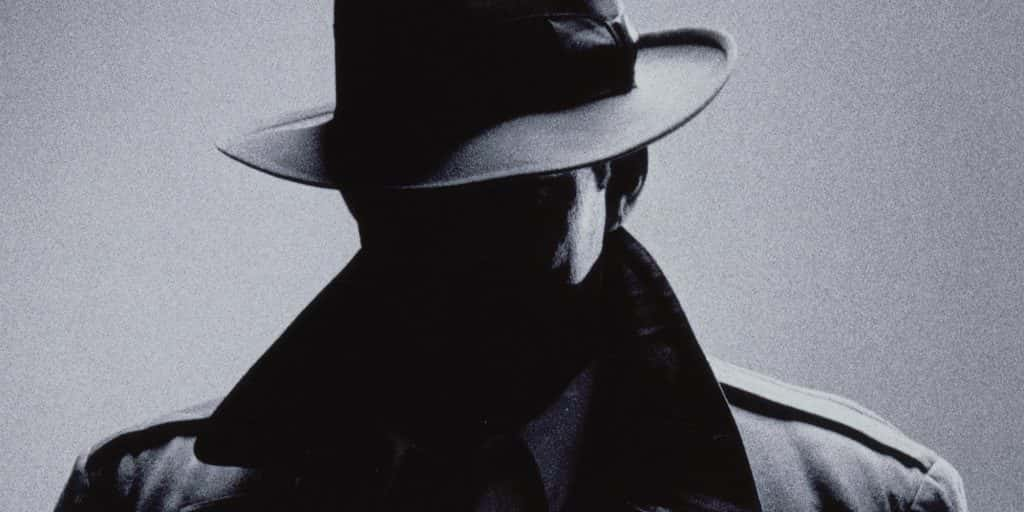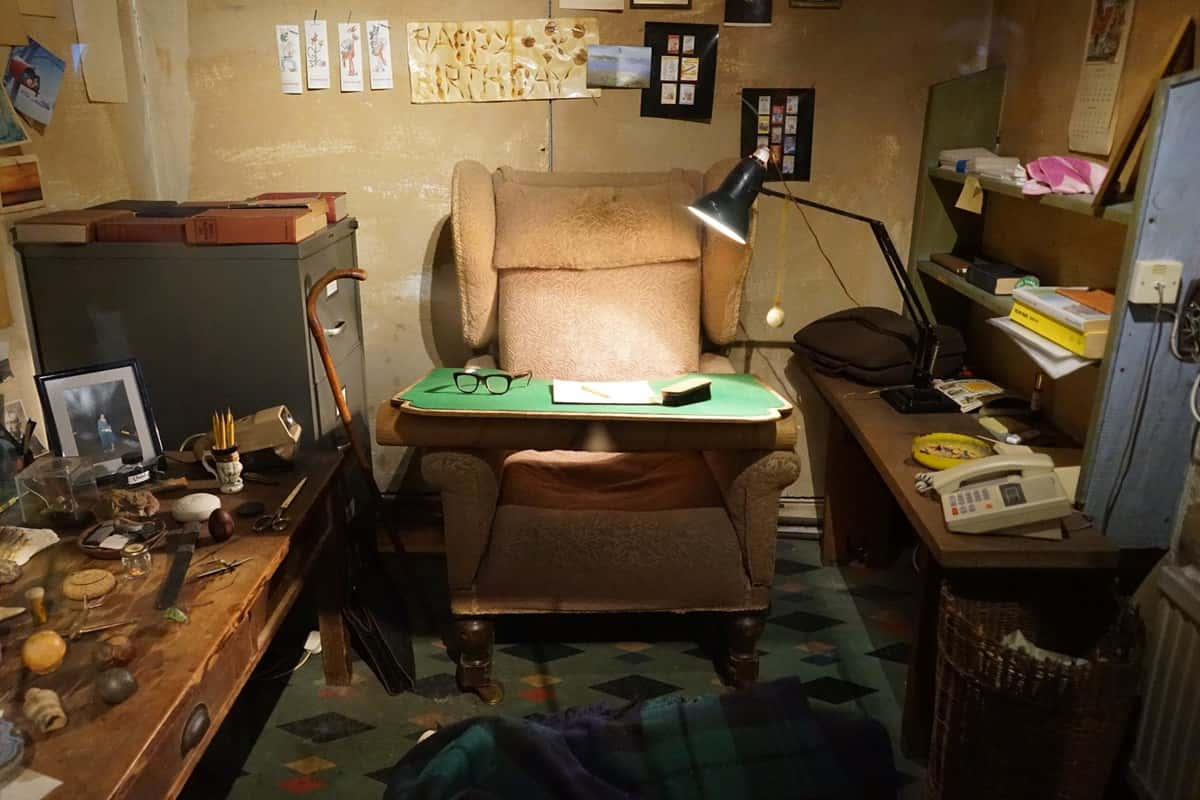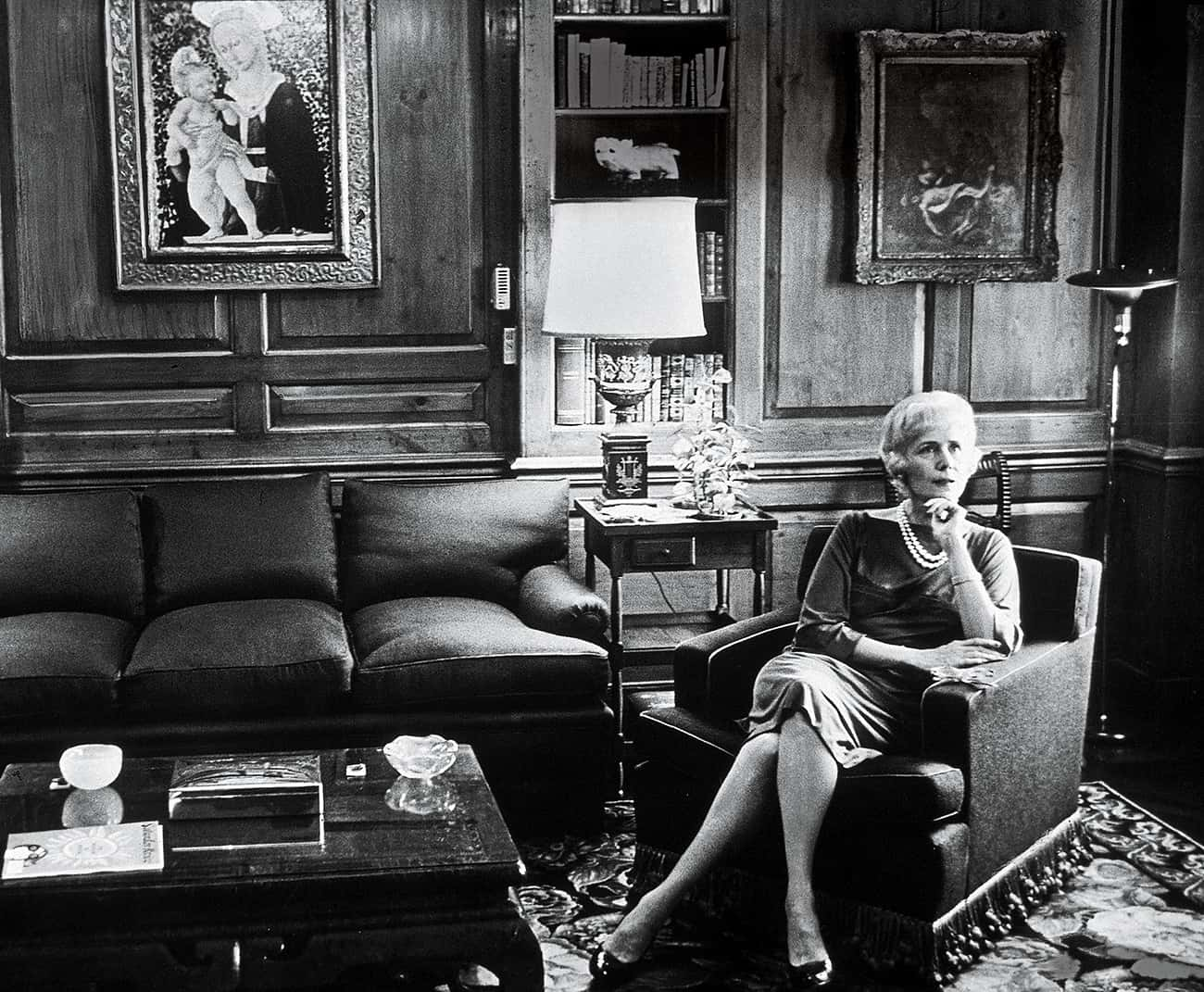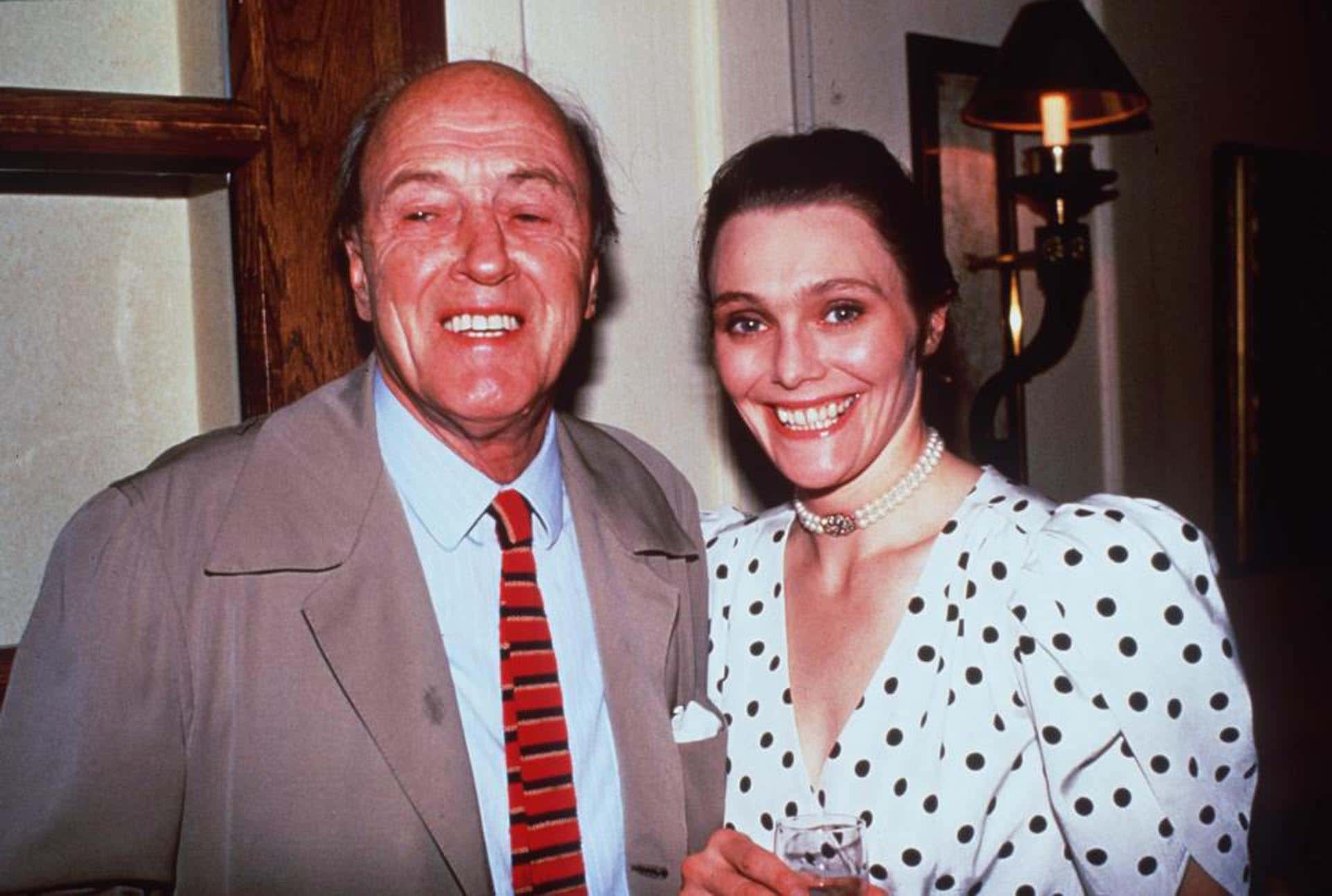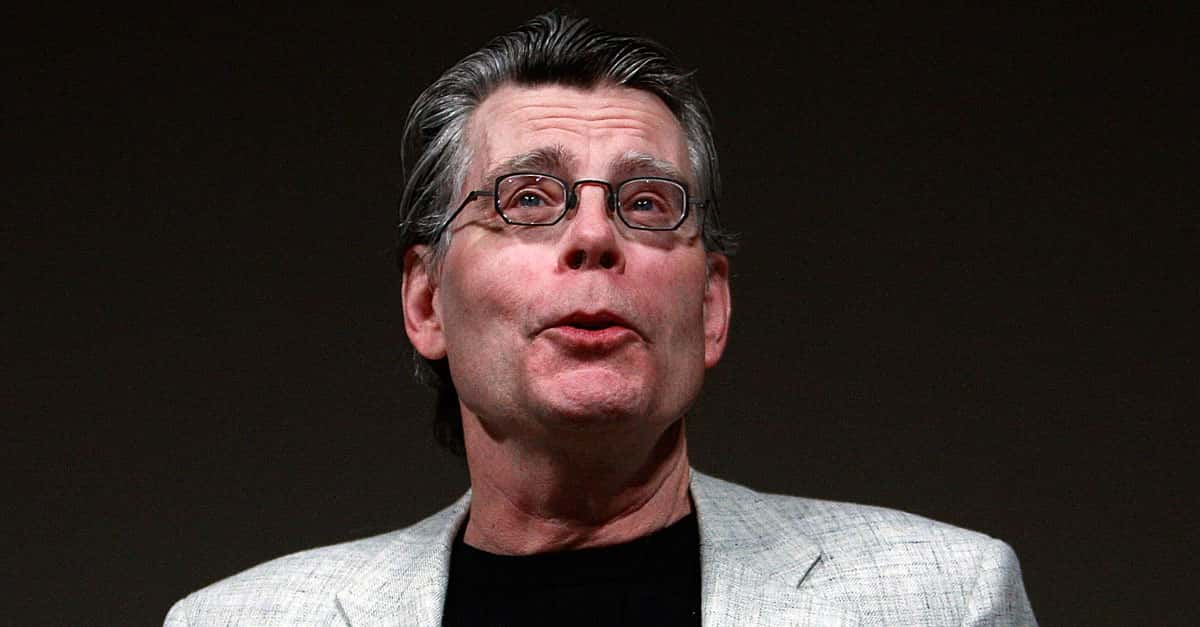"A person is a fool to become a writer. His only compensation is absolute freedom. He has no master except his own soul, and that, I am sure, is why he does it."
When it comes to children’s authors, few have been quite as successful as Roald Dahl. In between Matilda, Fantastic Mr. Fox, Charlie and the Chocolate Factory, Esio Trot, The BFG, and so many more, Dahl’s books have cornered a unique niche in our nostalgia; he used children’s humor and light-hearted language to convey material which was surprisingly dark and grim when you peel back the façade. And yet, we keep coming back to these stories, so he clearly did something right. How did he create these stories? What was his life like outside of being an author? Was he truly as dark as his subject matter? Read these interesting facts to learn more about Roald Dahl.
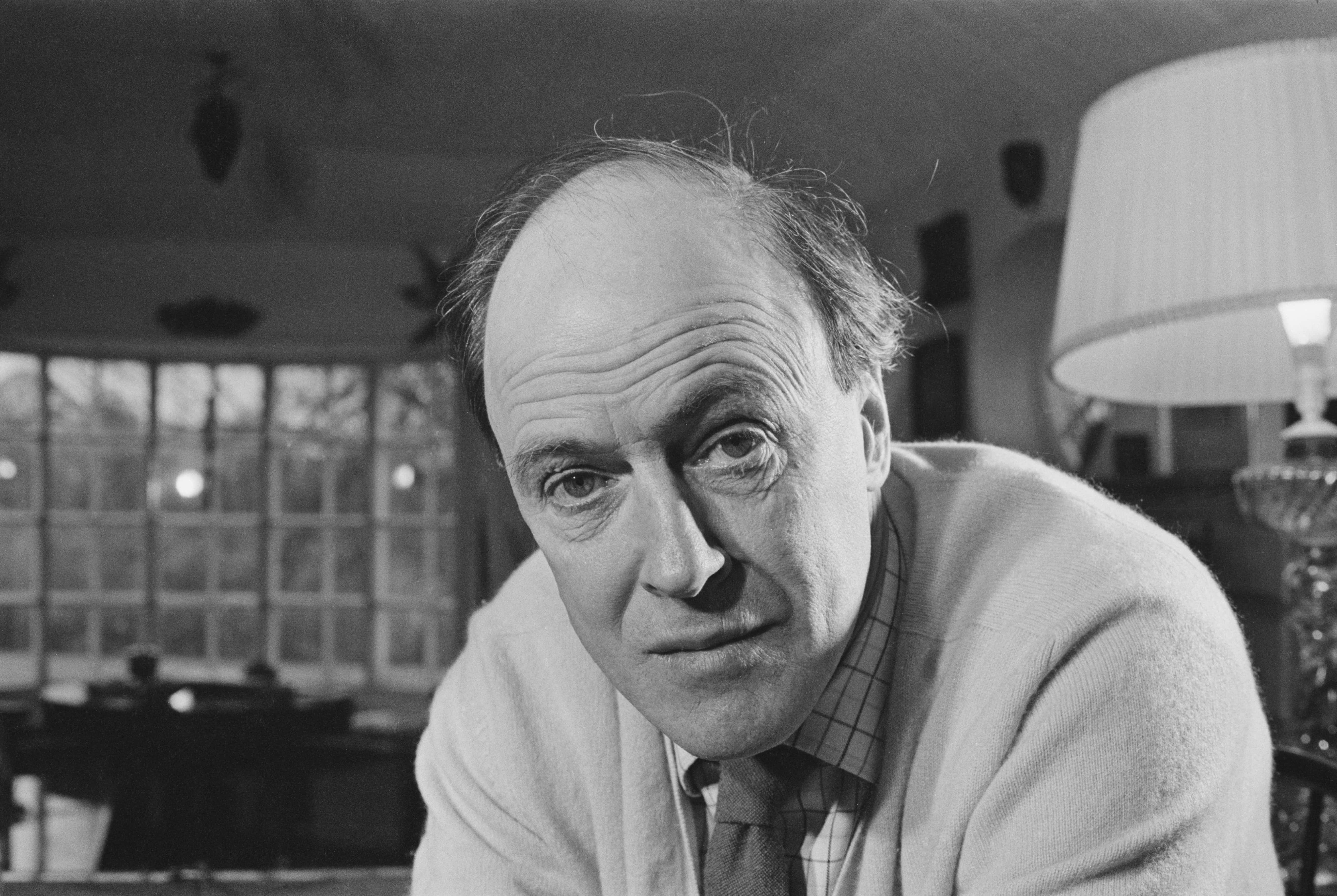
Roald Dahl Facts
42. From Cameo to Star
Those of you who have read Dahl’s 1982 novel The BFG might remember that lovable character of the Big Friendly Giant. However, that wasn’t the first time that the BFG had appeared in a book. Dahl had previously created the BFG for his 1975 novel Danny, the Champion of the World, in a chapter where Danny’s father tells his son a bedtime story about a friendly giant who distributes good dreams to children. Dahl liked the idea so much that he made the BFG the main character in his own book!
41. An Interesting First
Believe it or not, Dahl’s first ever novel was far from a children’s story. Some Time Never: A Fable for Supermen is said to have been the very first fictional story ever published to tackle the subject of nuclear war, and it was most certainly written for adults, not kids.
40. Getting it Out of Your System
Dahl’s children’s books frequently focus on a child protagonist who is opposed by villainous adults who openly despise children and try to harm them whenever possible. According to Dahl, he spent his childhood suffering abuse in the boarding schools which he attended, which many claim is the reason why he continually drew metaphorical water from that well.
39. Named for a Hero
Dahl was born in the Welsh capital of Cardiff on September 13, 1916. His parents were originally Norwegians, naming their son after Roald Amundsen, the Norwegian explorer who became the first man to reach the South Pole. Dahl would actually grow up speaking Norwegian and English as his dual first languages.
38. Mama’s Boy
Dahl maintained a very close relationship with his mother following the deaths of his sister and father when he was just three years old. Dahl would later be inspired by his mother to write the character of the grandmother in The Witches.
37. Took the King’s Shilling
Before Dahl served as a fighter pilot in the Second World War, he had previously been a lieutenant in the King’s African Rifles.
36. You’ll Never be an Author!
Ironically, Dahl’s teachers generally held the opinion that he was a poor writer. One of them even wrote, “I have never met anybody who so persistently writes words meaning the exact opposite of what is intended.”
35. A Pencil Man
Dahl never got the hang of typewriters or computers; his stories were always written in longhand on pads of yellow paper. Dahl’s secretary would have the job of typing all the stories from those sheets of paper.
34. High Casualty Rates
At the outbreak of World War II, Dahl traveled to Nairobi and enlisted into the Royal Air Force to become a fighter pilot. Allegedly, within two years of the war, no fewer than thirteen out of Dahl’s class of fifteen lost their lives while in the air. Thank goodness he was one of the lucky ones.

History's most fascinating stories and darkest secrets, delivered to your inbox daily.
33. Thanks, Grandpa!
The protagonist of The BFG, a little girl named Sophie, was named after Dahl’s granddaughter.
32. Don’t Question My Methods!
Allegedly, Dahl would write every day from 10 am until noon, and then again from 4 pm until 6 pm. He would do the bulk of his writing inside his garden shed while sitting in an armchair. And whoever said that writing isn't hard work?
31. Writing for Kids in My Middle Age
Dahl’s first ever book for children was James and the Giant Peach, written in 1961 when Dahl was 45 years old.
30. He Lived Happily Ever After
One of Dahl’s most successful stories is Charlie and the Chocolate Factory. As well as inspiring two Hollywood films, the book has sold more than 20 million copies and has been translated into 55 languages so far!
29. Chopper & Me
In the great battle between cats and dogs, Dahl was very much a dog lover, owning a Jack Russell terrier named Chopper. Dahl would allegedly feed Chopper a diet of “oysters, caviar, and candy.” Surprisingly, this didn’t seem to hurt Chopper, as he lived to the ripe old age of 16.
28. God Knows What He Would Have Thought of Johnny Depp
Dahl was deeply dissatisfied by the movie adaptations made of his books, at least up to the 1980s. He disliked The Witches, finding fault in the changed ending and Anjelica Huston’s performance as the Grand High Witch. He was also disappointed with Gene Wilder’s performance as Willie Wonka, declaring him to have been too “bland.” Ouch…
27. Things are Going Fine!
To date, Dahl’s books have sold more than 250 million copies worldwide!
26. Sweet Inspiration
When Dahl attended a boarding school called Repton, he found himself working for the Cadbury chocolate company. Cadbury “used the boys at the school as tasters,” and to be fair, there are far worse uses of child labor. Also, Dahl would later be inspired by this experience to write the famous book Charlie and the Chocolate Factory, so that’s something!
25. Strange Fascination
One recurring theme which occurs in Dahl’s work is his creation of characters who are morbidly obese. Often these characters are villainous (Farmer Boggis in Fantastic Mr. Fox and Aunt Sponge in James and the Giant Peach), or else they are gluttons who are punished for their gluttony. In Charlie and the Chocolate Factory, Augustus Gloop is caught in the machinations of the factory when he tries to drink from the liquid chocolate river. In The Witches, Bruno Jenkins is turned into a mouse by the witches on the promise of getting sweets from them. In Matilda, Bruce Bogtrotter is forced to eat a giant chocolate cake as punishment for stealing desserts from the school kitchen. Did Dahl have some insecurities he never worked out?
24. Ending on a Loving Note
The final book that Dahl published in his lifetime is the story Esio Trot. It follows an eccentric romance story between Mr. Hopper, a lonely old man and his widowed neighbor, Mrs. Silver. He attempts to woo her through her passion for a pet tortoise named Alfie.
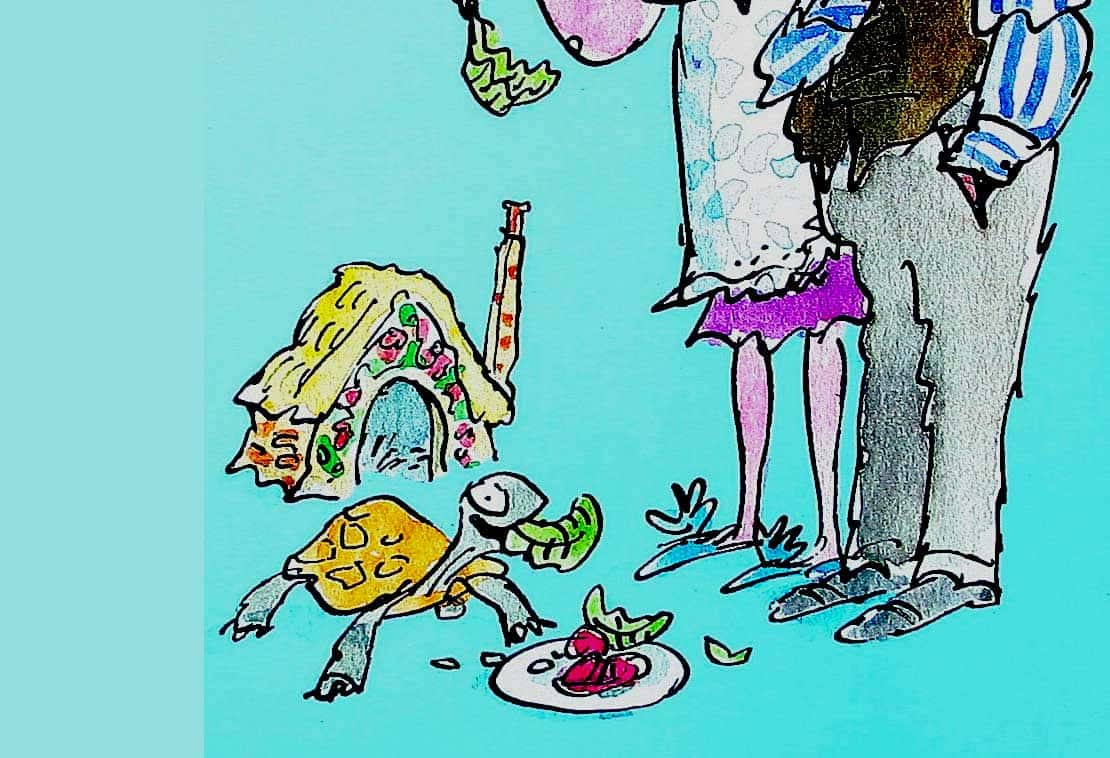 The Best Book Review Club Ever
The Best Book Review Club Ever
23. Tyrion Would Sympathize
In 1925, Dahl’s family went on their first ever car ride together. It was, to put it bluntly, an utter disaster. Dahl’s older half-sister, who was driving, caused an accident when she inadvertently caused the car to slam into a hedge. Dahl was the most seriously injured of the family; his nose was nearly completely severed off of his face! He had to have it sewn back on.
22. That’s Dark AND Awkward…
Speaking of adultery, Dahl was quite able to write on that subject, as he began an 11-year affair with set designer Felicity Crosland while he was married to Patricia Neal. The discovery of the affair was particularly damaging, as Neal had recently had several severe aneurysms which left her incapacitated for some time, and it was during her rehabilitation that Dahl began seeing Crosland, a close friend of Neal's.
21. The Mountain Who Writes
A man of no small stature, Dahl was a whopping 6”6! During his time with the Royal Air Force, Dahl got the nickname “Lofty.”
20. Like a True Newfie?
After Dahl graduated from Repton boarding school (and tasting chocolates), he embarked on a three-week school expedition to Newfoundland, Canada. Due to the weather and landscape, however, Dahl didn’t necessarily have fond memories of the trip. On one occasion, Dahl was so tormented by the mosquitoes that he put tar on his head to drive them away!
19. The Angry Writer
According to many who had to interact with him, Dahl was a reportedly bitter and unpleasant man. Possessing a very short temper, as well as a very large ego, Dahl would lash out against people who opposed him or stood in his way. It’s also been determined that Dahl was fond of provoking nasty interactions at public gatherings based on his philosophy that “Explosions are exciting.”
18. Dahl vs. Random House
In one of the most famous incidents of Dahl’s temper getting in the way of his professional relationships, he would regularly lash out at Random House, the publishing company which released his books. He would issue curse-laden letters when he disagreed over his contract, or even when his name wasn’t sufficiently big enough on the cover of one of his books. Things got to the point that he, a famous and highly successful author, tried to use his clout by threatening to leave the company. However, Random House’s managing director called his bluff when he wrote “Let me reverse the threat… Unless you start acting civilly to us, there is no possibility of our agreeing to publish you. Nor will I—or any of us—answer any future letter that we consider to be as rude as those we've been receiving.”
17. The Importance of Meeting Ernest
It’s safe to say that Dahl rubbed shoulders with some very famous writers, but did you know that he also boxed with Ernest Hemingway? Dahl was stationed in the US for part of the Second World War, and he ended up sparring with Hemingway, by then a very famous writer. Reportedly, Hemingway advised Dahl to “quit” writing “when it starts going well.” Given that Dahl would only write four hours per day, he probably took Hemingway’s advice!
16. That’s Racist!
We’re all familiar with the Oompa-Loompas, fantastical little creatures who work for the eccentric chocolate mogul Willie Wonka in the 1964 novel Charlie and the Chocolate Factory. However, the original portrait of the Oompa-Loompas was shocking and harmful; Dahl originally portrayed them as being pygmies from Africa. Naturally, this provoked an outraged response from the National Association for the Advancement of Colored People (NAACP). Dahl expressed his regret over this creative decision and promptly revised the book to remove the overtones of colonial slavery.
15. That’s Also Racist (for Different Reasons)
Ironically, race had previously come up during the writing of Charlie and the Chocolate Factory in the portrayal of none other than Charlie himself! According to Dahl’s widow, the protagonist of Charlie and the Chocolate Factory was originally meant to be “a little black boy.” Dahl’s agent, however, blocked this idea, as he didn’t think readers would respond well to a black protagonist. Frankly, we’re now wishing that Tim Burton had known about this fact and accordingly cast Charlie the way he was meant to be portrayed.
14. Inspired to Kill
Those of you who have done any creative writing courses might be familiar with Lamb to the Slaughter, a rather chilling short story that Dahl wrote. The story follows a woman murdering her husband by beating him over the head with a frozen leg of lamb, then cooking it just in time for the investigating police to sample when they come to the house on her report. Dahl was first inspired to write this story based on a dinner he had with his friend, Ian Fleming (the writer of James Bond). Their dinner was somewhat ruined by a badly cooked leg of lamb, which frustrated Fleming so much that he declared the cook should be shot. Dahl vented his own frustration by coming up with the aforementioned short story.
13. Hollywood Time!
In the late 1960s, while he was busy trying to become an internationally successful writer, Dahl also found time to write two screenplays. In an example of the most random pair of films ever, one was the classic Chitty Chitty Bang Bang, and the other was the James Bond film You Only Live Twice. Sadly, Dahl’s work was eventually rewritten before the films completed production, which is a fate that many screenwriters are familiar with. They remain to be the only films which gave Dahl a screenwriting credit. Both were based on books written by his friend and contemporary, Ian Fleming.
12. How Dare You!
Despite only writing two film scripts, he almost managed to put his name on a third script: an adaptation of his own book! Dahl spent a considerable amount of time working on adapting Charlie and the Chocolate Factory for the big screen, but when he proved unable to meet the deadlines requested of him, David Seltzer was brought in to finish the job. Seltzer also deviated a lot from the original story, which reportedly left Dahl “infuriated.”
11. Yikes!
When Dahl attended prep school in the 1920s, they would go to a local candy shop which was run by a woman named Mrs. Pratchett. She was less than completely sanitary while running her shop and would disgust the children but not wearing gloves when she put her hands into the candy jars. Once, as a prank, Dahl once put a dead mouse into one of the jars! He would later describe this story as a moment of “brilliance and glory.”
10. The Three Amigos
One of Dahl’s more lasting legacies actually lays in the world of medical science. In 1960, when Dahl’s son was just four months old, he began to suffer from too much fluid in his brain after an accident. This condition is known as hydrocephalus, and Dahl was determined to help his son in any way possible. Dahl teamed up with Kenneth Trill, a neurosurgeon, and Stanley Wade, a toymaker, to develop a cerebral shunt which would assist in alleviating the condition and improve Theo Dahl’s chances. This shunt was known as the Wade-Dahl-Till valve, and it helped thousands of children around the world until other medical technology eventually surpassed it.
9. Where’s Their Movie Adaptation?
After Dahl finished his time as a fighter pilot, he was recruited by the Canadian soldier and businessman Sir William Stephenson to join "the Irregulars." This elite group was tasked with recruiting the powerful and influential to join in the war effort. They also spied on their opponents until they could blackmail them. Dahl was one such figure, as were Noel Coward, Ian Fleming (remember him?), and Leslie Howard.
8. You Can Definitely Take It with You!
Upon Dahl’s death in 1990 at the age of 74, he was buried with his favorite possessions, as he’d requested in his will. These possessions which followed him to the grave included a snooker cue, chocolate, HB pencils, a power saw, and a bottle of Burgundy.
7. Ow… My Childhood…
For all his having fought in the Second World War against Adolf Hitler, Dahl shockingly labeled himself as an “anti-Semite,” even in the last few months of his life. The most prominent example of Dahl’s anti-Semitism being made public was when he attempted to defend his opposition to Israel’s policies by declaring: “There is a trait in the Jewish character that does provoke animosity, maybe it's a kind of lack of generosity towards non-Jews… I mean, there's always a reason why anti-anything crops up anywhere; even a stinker like Hitler didn't just pick on them for no reason.” Good lord, Roald…
6. That’s Dark…
While he’s mostly known for his children’s books, Dahl spent his writing career writing mature stories as well. These were featured in Ladies Home Journal, The New Yorker, Harper’s, and even Playboy! The topics of these stories would include “wife-swapping, promiscuity, suicide, and adultery.”
5. Man Down
In one of the closest calls of Dahl’s life, he was flying in North Africa during WWII and could not find the airstrip at which he was meant to land, eventually crash landing in the rocky desert. While he did survive, he “sustained severe injuries to his head, nose, and back." He was also left completely blind after the crash, and he didn't regain his sight for months.
4. The Best Thing to Happen to Me, One Might Say
Despite his horrific injuries, Dahl returned to active duty a few months later, taking part in the Battle of Athens, which he described as "an endless blur of enemy fighters whizzing towards me from every side." However, he eventually began experiencing headaches so severe that they caused him to black out, and he was sidelined for the rest of the war. He was sent to Washington D.C. “as an assistant air attaché” when he was encouraged by an acquaintance to write about his experiences during the war. Dahl wrote notes down to allow his acquaintance (who was none other than Horatio Hornblower writer C.S. Forester) to write up a piece based on his memories. However, Forester decided that Dahl’s notes were good enough without any edits and submitted them to the editor of the Saturday Evening Post. Dahl was paid for his story, it was published on the 1st of August 1942, and Dahl’s writing career officially began!
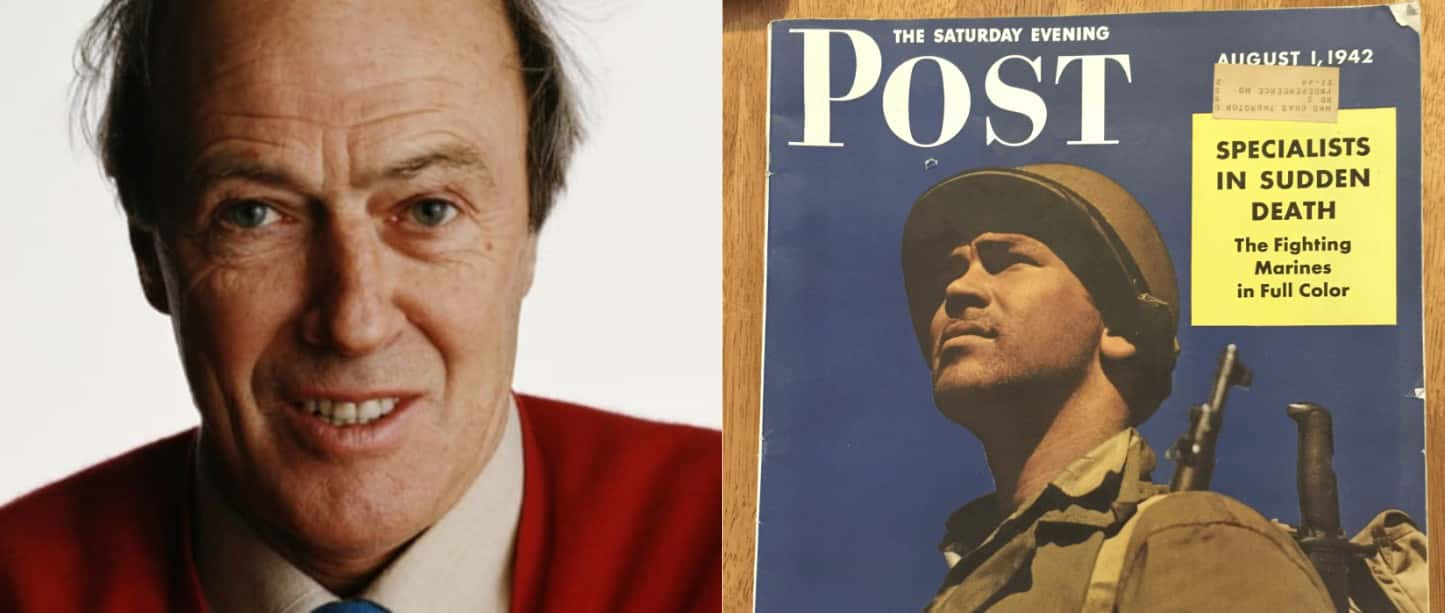
3. James Bond Had it Easy
One of Dahl’s personal missions with the Irregulars was to seduce and have an affair with Claire Booth Luce, the wife of Henry Luce, who owned Time and Life magazines and was known as being opposed to the US entering the war. However, Dahl soon begged his superiors to end the spying mission, stating "I am all f***ed out! That god**** woman has absolutely screwed me from one end of the room to the other for three god**** nights." Safe to say, this was a few years removed from his life as a beloved children's book author.
2. Daddy Dearest…
According to Dahl’s daughter, Tessa, Dahl was deeply traumatized by the serious injury of his son and the early death of his daughter, but he would continually refuse to undergo any kind of therapy. He also blocked any such treatment for Tessa, who expressed trauma of her own. This came partly about by Dahl screaming at Tessa and demanding why couldn’t be more like her older sister (again, the one who had died). He seems to have understood children in his writing, but perhaps not so much in real life.
1. Cruel Parent
Rather than allow his daughter Tessa the chance to see a therapist (it was a much more stigmatized time), Dahl had Tessa medicated. Things escalated to the point that Dahl was feeding Tessa the sedative known as Quaaludes. Even when she exhibited signs of mental disorders into her marriage and career, and tried to get her problems finally addressed by a psychiatrist (which sadly led her to becoming addicted to Valium) Dahl insisted that Tessa “stop seeing psychiatrists at once. Get on with your marriage.” This was, of course, after Dahl had spent Tessa’s teenage years insisting that she was “not like normal people.” This is awkward…


